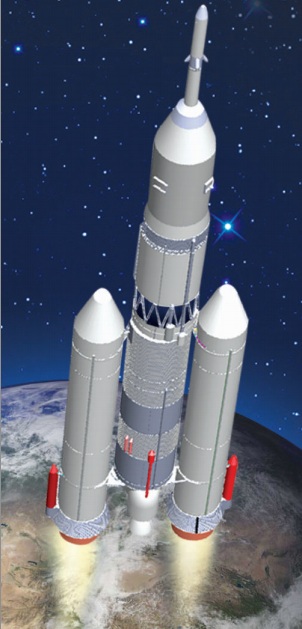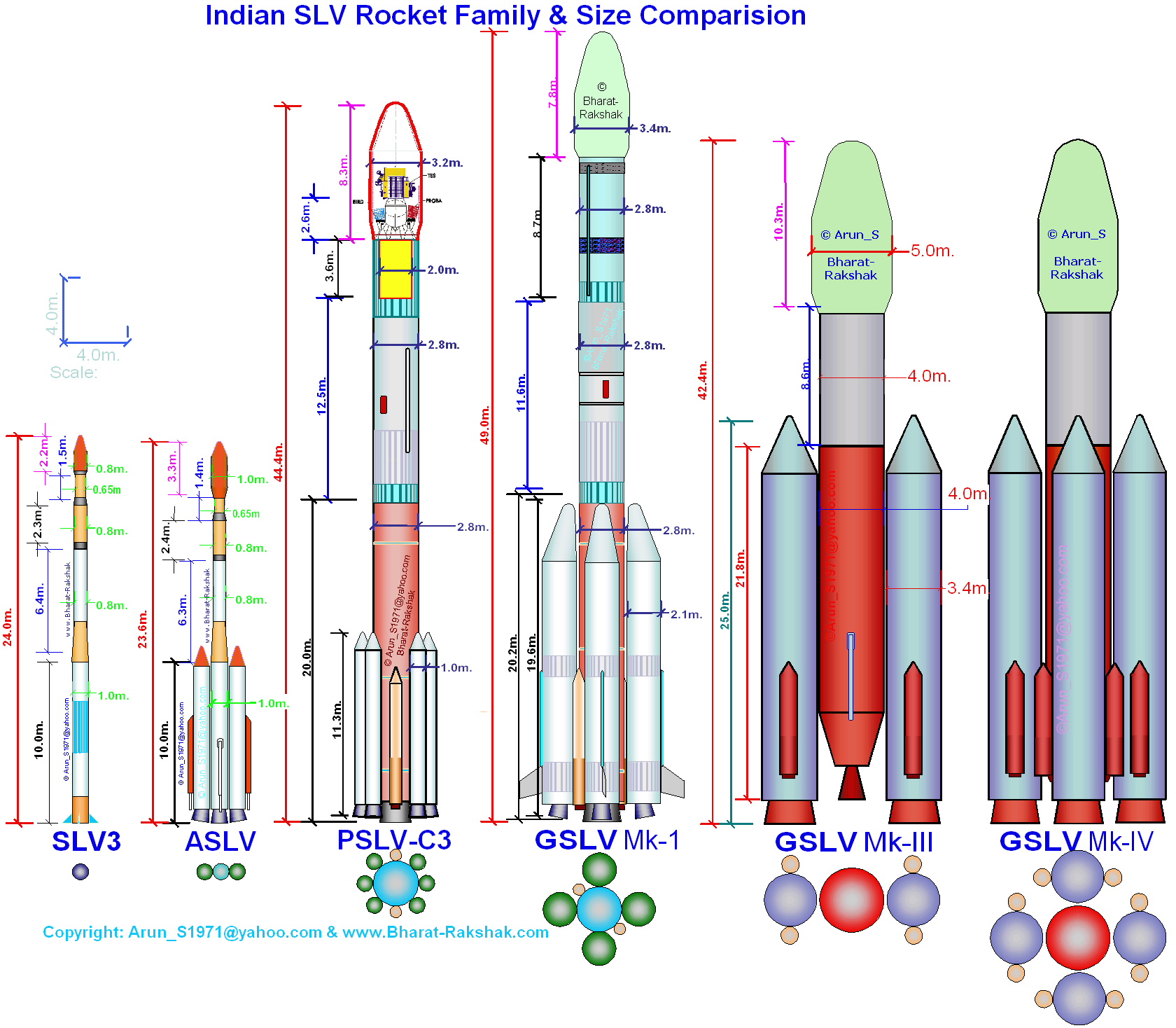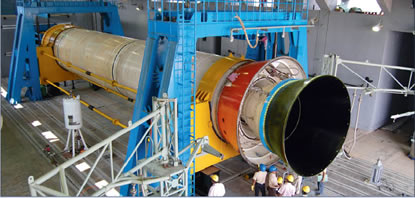How to install the app on iOS
Follow along with the video below to see how to install our site as a web app on your home screen.
Note: This feature may not be available in some browsers.
You are using an out of date browser. It may not display this or other websites correctly.
You should upgrade or use an alternative browser.
You should upgrade or use an alternative browser.
Indian Space Capabilities
- Thread starter joey
- Start date
BlueDot_in_Space
FULL MEMBER

- Joined
- Feb 10, 2011
- Messages
- 1,325
- Reaction score
- 0
Ergonomic model of ISRO crew module.

Scaled model under going testing in plasma wind tunnel to characterize the thermal protection system to be used in the manned mission.


Scaled model under going testing in plasma wind tunnel to characterize the thermal protection system to be used in the manned mission.

karan21
SENIOR MEMBER

- Joined
- Mar 6, 2012
- Messages
- 3,062
- Reaction score
- -9
Ergonomic model of ISRO crew module.

Scaled model under going testing in plasma wind tunnel to characterize the thermal protection system to be used in the manned mission.

Bro how recent are these pics. And how far are we actually in developing crew module capsule. And when r u showing us the space suit.
Thanks
BlueDot_in_Space
FULL MEMBER

- Joined
- Feb 10, 2011
- Messages
- 1,325
- Reaction score
- 0
Artist concept of Manned LVM3


BlueDot_in_Space
FULL MEMBER

- Joined
- Feb 10, 2011
- Messages
- 1,325
- Reaction score
- 0
Last edited by a moderator:
Azazel
SENIOR MEMBER

- Joined
- Oct 4, 2012
- Messages
- 2,088
- Reaction score
- 0
ISRO lines up SARAL for February, restored GSLV for April

An artistic impression of SARAL satellite
The Indian Space Research Organisation (ISRO) has slated its first launch of the year — ocean study spacecraft SARAL — for February 14.
It will herald the 8 to 10 missions, including satellites and launch vehicles, which ISRO has planned this year,
Flights of the GSLV rocket would be resumed and the first of the navigational spacecraft would be sent up, an ISRO official told The Hindu.
Along with the 450-kg Indo-French SARAL, the Polar Satellite Launch Vehicle (PSLV) will put into orbit six small experimental satellites built by western universities for a fee.
SARAL would be one of the very few such ocean-centric satellites and a vital cog in studying sea surface heights and other aspects, the official said.
It would be similar to ISRO’s Oceansat-2, but with an altimeter (named ‘Argos’ here) to measure heights.
In October 2012, NASA relied on Oceansat-2 to get finer details of Hurricane ‘Sandy’ that wreaked havoc on the eastern U.S.
SARAL is short for Satellite with ARgos and ALtiKa, the two main devices on it which have been provided by French space agency CNES. Besides building the spacecraft, ISRO will launch and operate it through its life.
SARAL will come up two months later than the earlier planned fancy date of 12-12-12.
The December launch was put off to complete a few tests and validations, the official said.
Around April this year, ISRO expects to resume flying the GSLV rocket. The GSLV-D5 will lift the communications satellite GSAT-14 into orbit.
ISRO had put the GSLV programme on hold after it suffered two successive failures in April and December 2010. The lapses were analysed and corrections made, the official said.
NAVIGATIONAL SATELLITE
May will see the first of the national navigational satellites or navsats — the IRNSS-1 — which will fly on a Polar Satellite Launch Vehicle. IRNSS or the Indian Regional Navigation Satellite System with its seven satellites is tipped to be India’s own regional Global Positioning System.
“We hope to complete the navigation constellation during 2015-16,” by following this up with two more navsats in 2014 and the remaining a year later, the official said.
“For all these launches from the Sriharikota launch centre, we normally need an interval of 45 days between two launches since we have two launch pads,” he said.
GSAT-7, a dedicated satellite for the Navy, is also set to be launched around May on a European Ariane rocket. Two other larger satellites, INSAT-3D and GSAT-10, will also use ‘procured’ or foreign launches on separate Ariane vehicles in the second half of this year.
The Hindu : Sci-Tech / Science : ISRO lines up SARAL for February, restored GSLV for April

An artistic impression of SARAL satellite
The Indian Space Research Organisation (ISRO) has slated its first launch of the year — ocean study spacecraft SARAL — for February 14.
It will herald the 8 to 10 missions, including satellites and launch vehicles, which ISRO has planned this year,
Flights of the GSLV rocket would be resumed and the first of the navigational spacecraft would be sent up, an ISRO official told The Hindu.
Along with the 450-kg Indo-French SARAL, the Polar Satellite Launch Vehicle (PSLV) will put into orbit six small experimental satellites built by western universities for a fee.
SARAL would be one of the very few such ocean-centric satellites and a vital cog in studying sea surface heights and other aspects, the official said.
It would be similar to ISRO’s Oceansat-2, but with an altimeter (named ‘Argos’ here) to measure heights.
In October 2012, NASA relied on Oceansat-2 to get finer details of Hurricane ‘Sandy’ that wreaked havoc on the eastern U.S.
SARAL is short for Satellite with ARgos and ALtiKa, the two main devices on it which have been provided by French space agency CNES. Besides building the spacecraft, ISRO will launch and operate it through its life.
SARAL will come up two months later than the earlier planned fancy date of 12-12-12.
The December launch was put off to complete a few tests and validations, the official said.
Around April this year, ISRO expects to resume flying the GSLV rocket. The GSLV-D5 will lift the communications satellite GSAT-14 into orbit.
ISRO had put the GSLV programme on hold after it suffered two successive failures in April and December 2010. The lapses were analysed and corrections made, the official said.
NAVIGATIONAL SATELLITE
May will see the first of the national navigational satellites or navsats — the IRNSS-1 — which will fly on a Polar Satellite Launch Vehicle. IRNSS or the Indian Regional Navigation Satellite System with its seven satellites is tipped to be India’s own regional Global Positioning System.
“We hope to complete the navigation constellation during 2015-16,” by following this up with two more navsats in 2014 and the remaining a year later, the official said.
“For all these launches from the Sriharikota launch centre, we normally need an interval of 45 days between two launches since we have two launch pads,” he said.
GSAT-7, a dedicated satellite for the Navy, is also set to be launched around May on a European Ariane rocket. Two other larger satellites, INSAT-3D and GSAT-10, will also use ‘procured’ or foreign launches on separate Ariane vehicles in the second half of this year.
The Hindu : Sci-Tech / Science : ISRO lines up SARAL for February, restored GSLV for April
kurup
ELITE MEMBER

- Joined
- Jun 10, 2012
- Messages
- 10,563
- Reaction score
- -2
- Country
- Location
Is this the booster of GSLV MK III ???
The A-5
BANNED

- Joined
- Aug 2, 2012
- Messages
- 521
- Reaction score
- 0
- Country
- Location
Is this the booster of GSLV MK III ???
Yes, its called the S200.
Its the largest solid-fuel rocket booster in Asia and the 3rd-largest in the world.
BlueDot_in_Space
FULL MEMBER

- Joined
- Feb 10, 2011
- Messages
- 1,325
- Reaction score
- 0
Majestic PSLV with a Crown of condensation cloud


kurup
ELITE MEMBER

- Joined
- Jun 10, 2012
- Messages
- 10,563
- Reaction score
- -2
- Country
- Location
Ex-Isro chief to join satellite hall of fame

In a boost to the country’s credentials in space research, an Indian is being honoured by an American space society for the first time. The Society of Satellite Professionals International(SSPI) is inducting Prof U R Rao, former Isro chairman and secretary, department of space, as a member of the prestigious ‘Satellite Hall of Fame’ in Washington on March 19.
Rao was chairman of Isro between 1984 and 1994 and was responsible for the establishment of satellite technology in India since 1972. Beginning with the launch of the first Indian satellite, Aryabhatta, in 1975, he was a key figure in the design and development of over 18 satellites. He also played a key role in choosing the five scientific instruments for India’s Mars Orbiter Mission, slated for lift-off in October-November 2013.
Speaking to TOI from Bangalore, Rao said he was very happy on hearing the news. “I will be attending the function in Washington,” he said.
Since 1987, the SSPI Hall of Fame has been recognizing the contribution of visionaries who have transformed life on planet earth for the better through satellite technology. As a member of the Hall of Fame, Rao joins over 40 illustrious space scientists such as Sir Arthur C Clarke, Dr James Van Allen, Dr William Pritchard, Dr Harold Rosen, Dr Fredric d’Allest, Dr Takayashi Yoshida, Dr Peter Jackson and Dr Olof Lundbserg.
Ex-Isro chief to join satellite hall of fame | idrw.org

In a boost to the country’s credentials in space research, an Indian is being honoured by an American space society for the first time. The Society of Satellite Professionals International(SSPI) is inducting Prof U R Rao, former Isro chairman and secretary, department of space, as a member of the prestigious ‘Satellite Hall of Fame’ in Washington on March 19.
Rao was chairman of Isro between 1984 and 1994 and was responsible for the establishment of satellite technology in India since 1972. Beginning with the launch of the first Indian satellite, Aryabhatta, in 1975, he was a key figure in the design and development of over 18 satellites. He also played a key role in choosing the five scientific instruments for India’s Mars Orbiter Mission, slated for lift-off in October-November 2013.
Speaking to TOI from Bangalore, Rao said he was very happy on hearing the news. “I will be attending the function in Washington,” he said.
Since 1987, the SSPI Hall of Fame has been recognizing the contribution of visionaries who have transformed life on planet earth for the better through satellite technology. As a member of the Hall of Fame, Rao joins over 40 illustrious space scientists such as Sir Arthur C Clarke, Dr James Van Allen, Dr William Pritchard, Dr Harold Rosen, Dr Fredric d’Allest, Dr Takayashi Yoshida, Dr Peter Jackson and Dr Olof Lundbserg.
Ex-Isro chief to join satellite hall of fame | idrw.org
IND151
BANNED

- Joined
- Oct 25, 2010
- Messages
- 10,170
- Reaction score
- 3
- Country
- Location
India’s second lunar mission will be undertaken with Russian participation though it has got delayed, a top official of an ISRO lab said today amidst reports that ‘Chandrayaan 2′ will be a solo mission.
Chandrayaan 2, an Indo-Russian joint project, is going ahead but it has got delayed, Physical Research Laboratory (PRL) Director J N Goswami said here.
Ahmedabad-based PRL is part of Indian Space Research Organisation (ISRO).
“The Indo-Russian mission is going ahead. The project has got delayed. Currently, we are whole-heartedly working for the Mars project scheduled for November. The moon mission, for the time being, has got delayed,” Goswami told PTI.
Roskomos, Russia’s space agency, and ISRO had signed an agreement on November 12, 2007. Under the pact, Roskomos had assumed the vital responsibility of providing both the orbiter and the rover, while its Indian counterpart was to design and build the lander for the ambitious mission.
“The failure of Roskosmos Phobos-Grunt mission (in December 2011) has, for the time-being, delayed the moon mission,” he said, adding the construction of lander for the combined mission has been delayed.
Chandrayaan 2 will have five primary payloads on the orbiter, two of which will be improvements on instruments that were onboard Chandrayaan 1, launched in October, 2008.
Also, the rover will carry two additional instruments. Chandrayaan 2, originally scheduled in 2015, will be launched by a GSLV-powered by an indigenous cryogenic engine.
Reports had appeared in a section of media quoting a scientist of PRL S V S Murty as saying India will go it alone in the Chandrayaan 2 mission. Despite repeated efforts, he was not available for comments on the issue.
PRL is involved in designing indigenous payloads for Chandrayaan 2.
Chandrayaan 2 will be Indo-Russia mission: ISRO lab director | idrw.org
Chandrayaan 2, an Indo-Russian joint project, is going ahead but it has got delayed, Physical Research Laboratory (PRL) Director J N Goswami said here.
Ahmedabad-based PRL is part of Indian Space Research Organisation (ISRO).
“The Indo-Russian mission is going ahead. The project has got delayed. Currently, we are whole-heartedly working for the Mars project scheduled for November. The moon mission, for the time being, has got delayed,” Goswami told PTI.
Roskomos, Russia’s space agency, and ISRO had signed an agreement on November 12, 2007. Under the pact, Roskomos had assumed the vital responsibility of providing both the orbiter and the rover, while its Indian counterpart was to design and build the lander for the ambitious mission.
“The failure of Roskosmos Phobos-Grunt mission (in December 2011) has, for the time-being, delayed the moon mission,” he said, adding the construction of lander for the combined mission has been delayed.
Chandrayaan 2 will have five primary payloads on the orbiter, two of which will be improvements on instruments that were onboard Chandrayaan 1, launched in October, 2008.
Also, the rover will carry two additional instruments. Chandrayaan 2, originally scheduled in 2015, will be launched by a GSLV-powered by an indigenous cryogenic engine.
Reports had appeared in a section of media quoting a scientist of PRL S V S Murty as saying India will go it alone in the Chandrayaan 2 mission. Despite repeated efforts, he was not available for comments on the issue.
PRL is involved in designing indigenous payloads for Chandrayaan 2.
Chandrayaan 2 will be Indo-Russia mission: ISRO lab director | idrw.org
kurup
ELITE MEMBER

- Joined
- Jun 10, 2012
- Messages
- 10,563
- Reaction score
- -2
- Country
- Location
India’s next venture is Mars orbiter: ISRO chairman

Describing prospects of India’s space programme as exciting and challenging, ISRO Chairman Dr K Radhakrishnan today said the country’s next venture would be the Mars orbiter mission while the first navigation satellite is slated to be launched by June this year.
Mars has played a major role in evolution of life on earth and the next mission is the Mars orbiter mission, Radhakrishnan said during an interaction with students of KIIT University here.
India’s next venture is Mars orbiter: ISRO chairman | idrw.org

Describing prospects of India’s space programme as exciting and challenging, ISRO Chairman Dr K Radhakrishnan today said the country’s next venture would be the Mars orbiter mission while the first navigation satellite is slated to be launched by June this year.
Mars has played a major role in evolution of life on earth and the next mission is the Mars orbiter mission, Radhakrishnan said during an interaction with students of KIIT University here.
India’s next venture is Mars orbiter: ISRO chairman | idrw.org
Similar threads
- Replies
- 8
- Views
- 630
- Replies
- 1
- Views
- 513
- Replies
- 0
- Views
- 209
- Replies
- 23
- Views
- 1K



